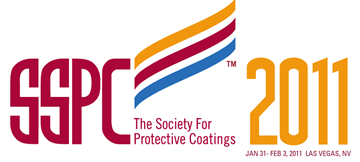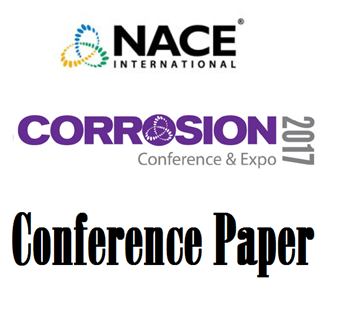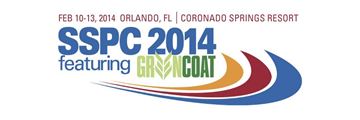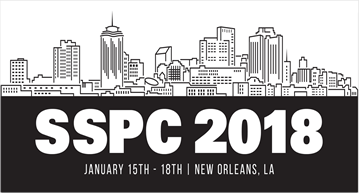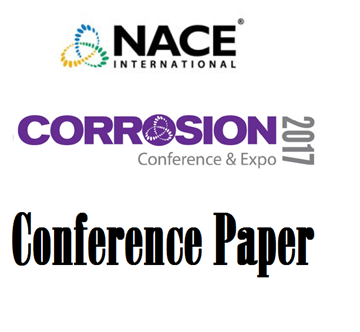Search
Individual Conference Papers
View as
Sort by
Display
per page
Durability Of Fluoropolymer Top Coat Systems Related To Standards
Product Number:
51321-16582-SG
Publication Date:
2021
$20.00
E - Log I tests on oil Production Wells Case Study
Product Number:
51321-16266-SG
Publication Date:
2021
$20.00
Early Stage Oxide Films On Metallic Alloys
Product Number:
51321-16944-SG
Publication Date:
2021
$20.00
Early Test Results of One-Coat Systems Applicable to Steel Bridge Structures
Product Number:
41208-427-SG
Publication Date:
2008
$20.00
Economically Mitigating Downhole Corrosion and Wear Failures with Thermoplastic Liners
Product Number:
51317--8878-SG
ISBN:
8878 2017 CP
Publication Date:
2017
$20.00
Education on the Differences Between Wet Abrasion Blasting and Water Jetting
Product Number:
41214-823-SG
Publication Date:
2014
$20.00
Effect of Surface Preparation Grades of Weld Seam on the Coating Performance in Marine Structures
Product Number:
51218-150-SG
Publication Date:
2018
$20.00
Effect of Acetic Acid on Corrosion Product Layer Formation in Aqueous CO2 Environments
Product Number:
51323-19306-SG
Publication Date:
2023
$20.00
Effect of Acetic Acid on Sour Corrosion of Carbon Steel
Product Number:
51317--9318-SG
ISBN:
9318 2017 CP
Publication Date:
2017
$20.00
Effect of Acid Concentration and Temperature on Active Corrosion Rate of Stainless Steel and Nickel Base Materials
Product Number:
51319-13330-SG
Publication Date:
2019
$20.00
Effect of Acridine and Myristic Acid on CO2 Corrosion During Intermittent Oil/Water Wetting
Product Number:
51323-19192-SG
Publication Date:
2023
$20.00





